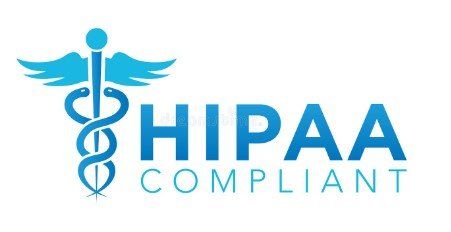Advantages of Self-Funding
Elimination of most premium tax.
In most states, there is no premium tax applied to the employer's claim fund, thus an immediate savings equal to the amount of the premium tax (approximately 2% to 3%) is realized.
Lower cost of operation.
Employers often find that administrative costs for a self-funded plan through a Third Party Administrator (TPA) are lower than those being charged by a carrier under a fully-insured program.
Elimination of carrier profit margin and risk charge.
The standard profit margin and risk charge of an insurance carrier are eliminated for the bulk of the plan.
Cost and utilization controls.
A TPA may have available several programs (i.e., hospital bill audits, large case management, preferred provider networks (PPO), and detailed reports) that an insurance carrier would not be able to provide.
Increased cash flow.
The employer's cash flow is improved when money formerly held by the insurance carrier in the form of various reserves is now available for use by the employer.
Control of plan design.
The self-funded employer has the flexibility in the design of the benefit plan. State regulations mandating costly benefits are avoided because self-funded programs are subject to (or protected by) ERISA.
Administration tailored to the employer's needs.
The employer has the choice of third-party administrators, each of whom can design a service plan to meet the employer's needs.
Disadvantages of Self-Funding
In theory, a self-funded plan should be more cost-effective than a fully-insured plan due to the elimination of many expenses associated with a fully-insured plan and the potential of direct savings to the employer from better than expected claims experience. However, it is possible self-funding may not reduce costs at all. The employer must also consider the following potential disadvantages:
Risk assumption.
The employer assumes the risk between the expected claim level and the Stop Loss coverage level.
Provision of services.
The employer must provide for the services an insurance carrier would normally provide. This is accomplished by contracting with a TPA.
Asset exposure.
The employer's assets are exposed to any liability as a result of legal action against the self-funded plan.
Claim fluctuation.
Monthly claim costs can vary, verses fixed monthly premiums on a fully insured case.

